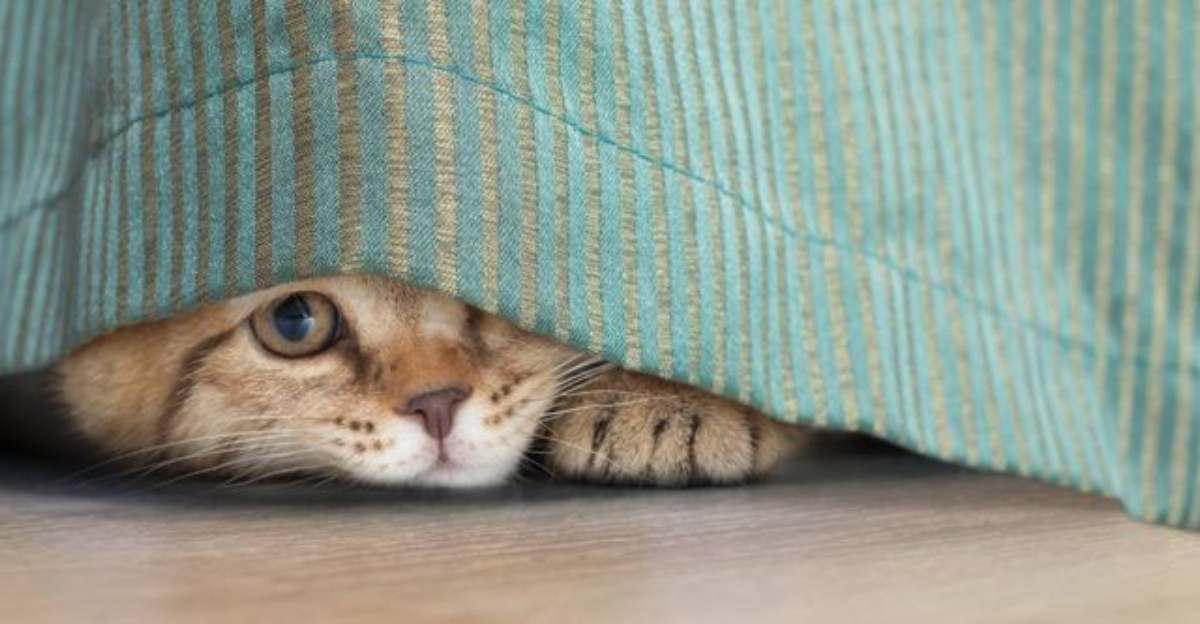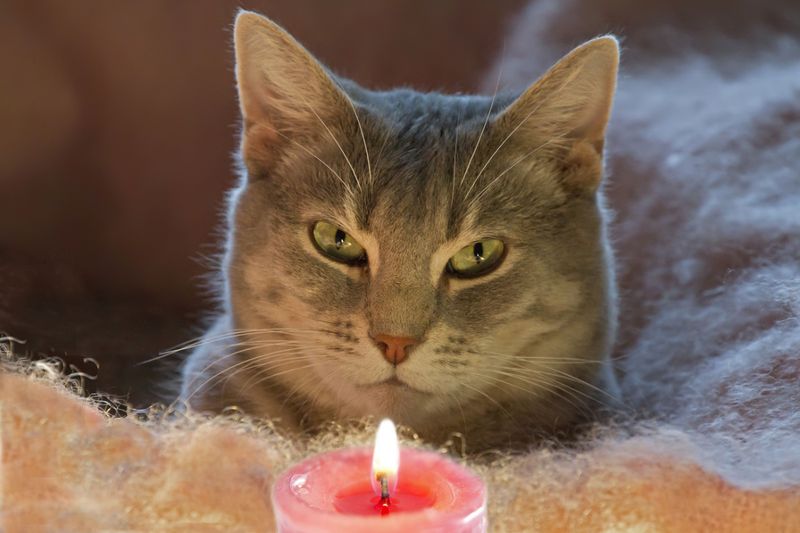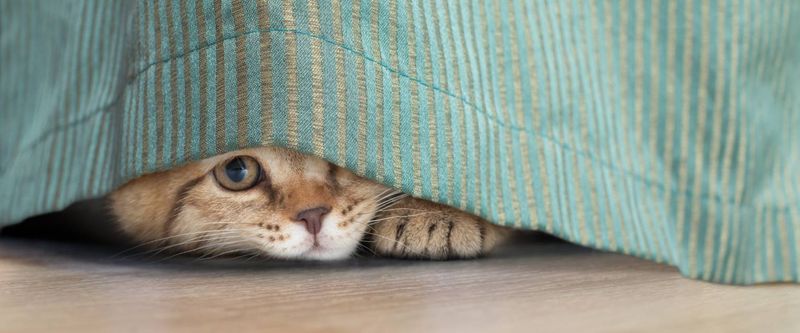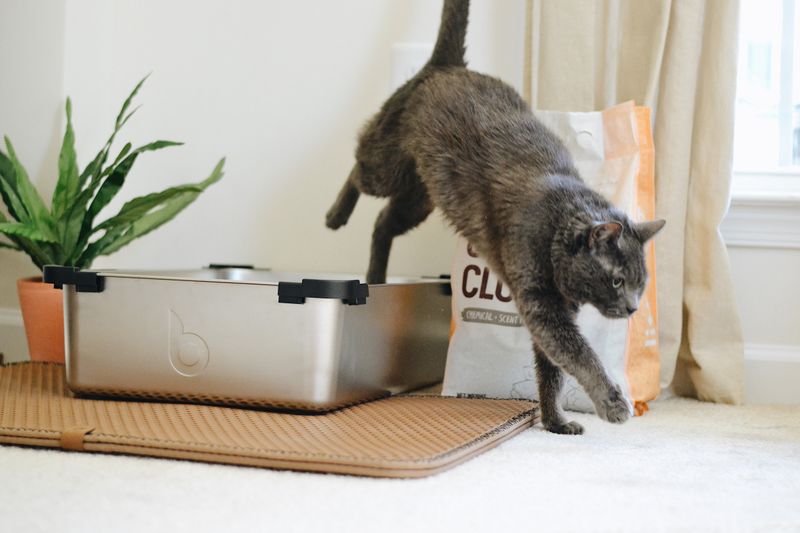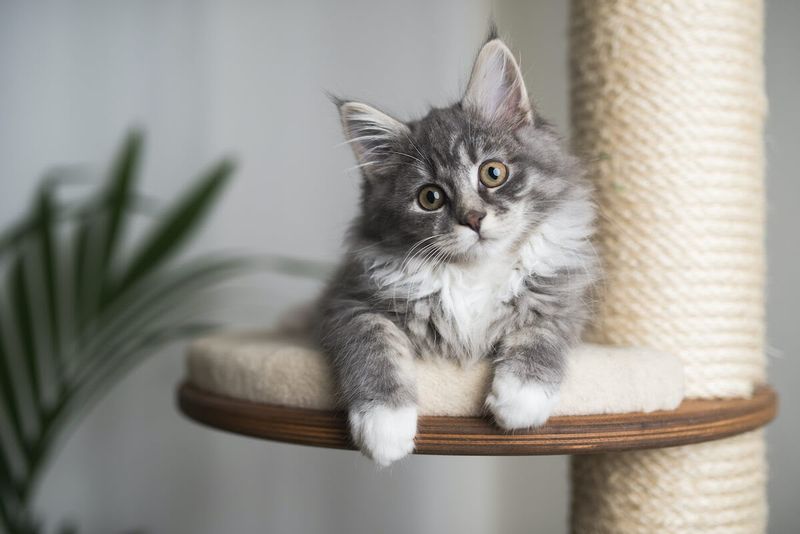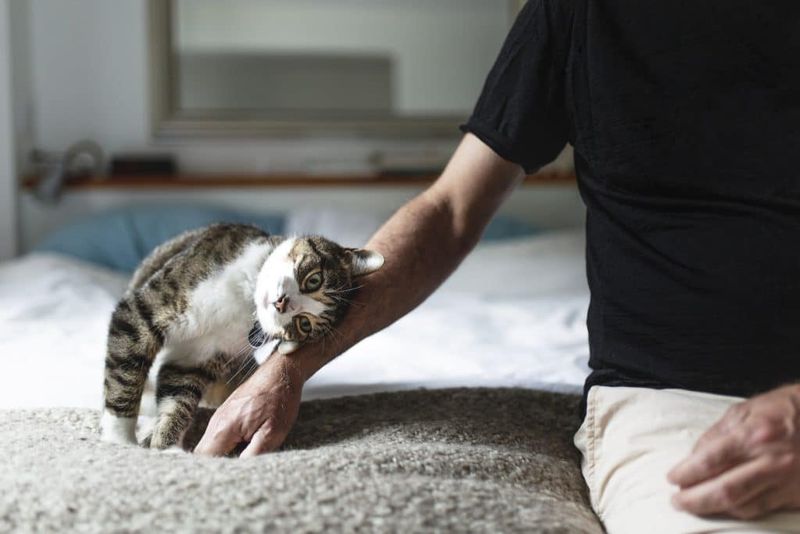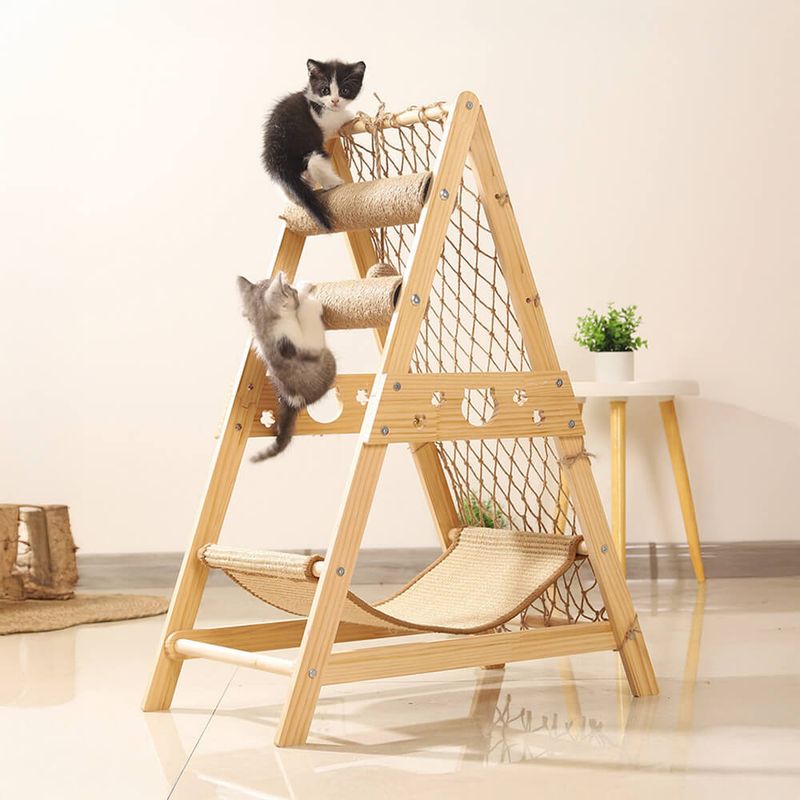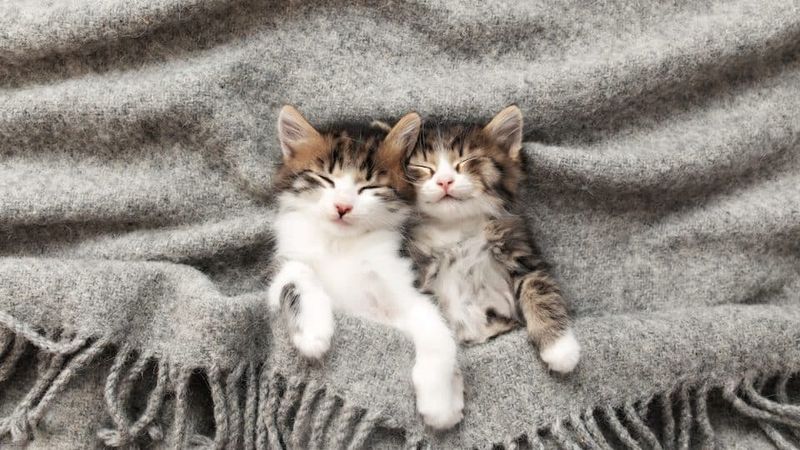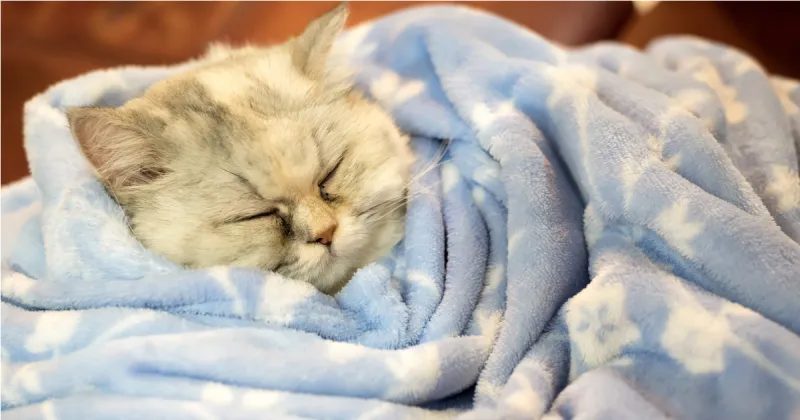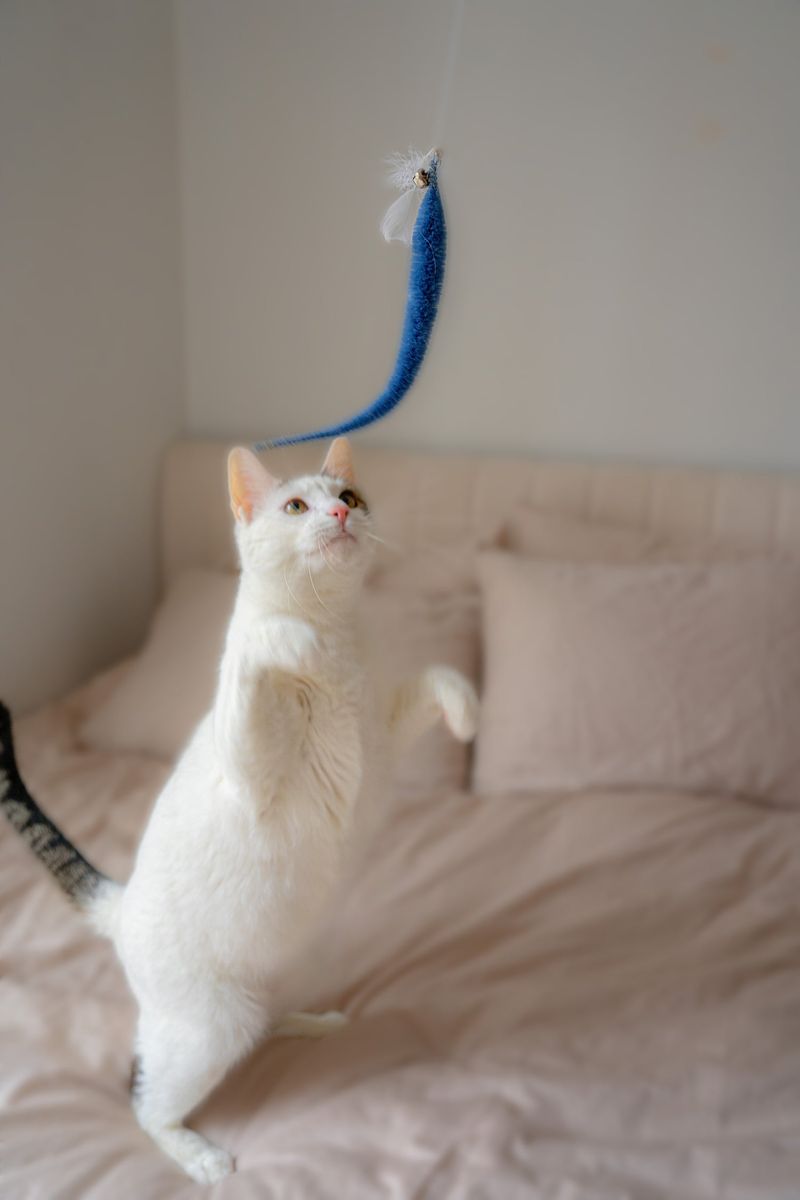📖 Table of Content:
- 1. Loud Noises
- 2. Strong Scents
- 3. Lack of Hiding Spots
- 4. Dirty Litter Box
- 5. Unfamiliar People or Pets
- 6. Sudden Changes in Routine
- 7. Too Much Stimulation or Handling
- 1. Vertical Spaces (Cat Trees or Shelves)
- 2. Pheromone Diffusers (e.g., Feliway)
- 3. Soft, Warm Blankets or Beds
- 4. Slow Blinking and Gentle Voice
- 5. Playtime with Wand Toys
Sharing your home with a cat means learning the subtleties of their behavior—what comforts them, what excites them, and just as importantly, what unsettles them. While cats are often seen as independent and low-maintenance, they are highly sensitive creatures who can easily become stressed by changes or seemingly innocuous elements in their environment. Understanding the things that provoke anxiety in your cat is key to maintaining her physical health and emotional well-being.
Many pet parents are surprised to learn that their homes, meant to be safe and loving spaces, may be filled with triggers that quietly build tension in their feline friends. From high-pitched sounds to the scent of certain oils, everyday items and routines can cause discomfort or confusion. These stressors can manifest in subtle ways—changes in appetite, avoidance behavior, or over-grooming—which makes it even more important to know what might be behind them.
Luckily, the same environment that may trigger anxiety can also be transformed into a soothing sanctuary. By identifying these sources of stress and balancing them with calming alternatives, you can create a space that truly nurtures your cat’s natural instincts and needs. With a little awareness and some easy adjustments, your home can become a haven where your cat feels secure, stimulated, and serenely at ease.
1. Loud Noises
Thunderous sounds may seem like everyday occurrences to you, but they can be deeply unsettling for your cat. A vacuum suddenly roaring to life or a blender whirring without warning can trigger a startle response rooted in your cat’s survival instincts. Even repetitive or low-level background noise, like construction outside or loud television volume, can keep her on edge. Unlike humans, cats cannot rationalize or predict noise, so they stay in a heightened state of alertness. This constant vigilance can take a toll over time, leading to behavioral changes or withdrawal. Providing a quiet sanctuary away from high-traffic, noisy areas of your home can help ease her mind. Try observing how your cat reacts to specific sounds to better identify and reduce these stressors.
2. Strong Scents
Heavily fragranced environments can overwhelm your cat’s acute sense of smell, which is about 14 times stronger than yours. Air fresheners, incense, candles, and cleaning sprays—especially those containing citrus or pine oils—can cause irritation or even toxic reactions. She may avoid areas where these scents are present, sometimes even refusing to eat or use the litter box located there. Additionally, certain essential oils like tea tree or eucalyptus are harmful to cats and should never be used near them. While a freshly cleaned home may be pleasing to you, it might be sensory overload for your feline. Opting for unscented or pet-safe cleaning products can significantly reduce her stress. Always check labels to ensure you’re not exposing her to harsh or dangerous chemicals.
3. Lack of Hiding Spots
Hiding is not a sign of fear in cats—it’s a coping mechanism and a core part of their comfort behavior. An open floor plan or lack of covered, quiet nooks can make your cat feel exposed and vulnerable. She needs places where she can disappear from view when she’s overstimulated, anxious, or simply in need of solitude. Without these hideaways, she may become more reactive or territorial, trying to claim space in less appropriate areas like under furniture or inside closets. Cardboard boxes, covered beds, or even a simple draped towel over a chair can provide instant relief. Cats feel empowered when they have control over their space, especially vertical or hidden zones. Make it a priority to include cozy, secure spots in every room she frequents.
4. Dirty Litter Box
An unkempt litter box is not just unpleasant—it’s a legitimate source of stress for your cat. She relies on her litter box being clean and consistent to feel secure in her environment. If the box is overly soiled or suddenly moved, she may protest by eliminating outside of it, often out of sheer discomfort rather than defiance. This behavior is commonly misunderstood and punished, when in fact it’s a plea for help. Cats are meticulous groomers, and their hygiene standards extend to their bathroom habits. Scooping daily, refreshing litter regularly, and placing boxes in quiet areas can prevent both stress and behavioral issues. Cleanliness is not a luxury for her—it’s a necessity.
5. Unfamiliar People or Pets
Every new person or animal introduced into your home shifts the dynamic your cat has worked to understand. She interprets unfamiliar scents, sounds, and movements as potential threats, especially if she wasn’t socialized early. Your guest may be friendly and loving, but to your cat, they represent unpredictability and potential danger. New pets, even if meant as companions, can cause territorial anxiety and resource guarding. This adjustment period can manifest as hiding, hissing, or regression in behavior. Allowing your cat to meet new faces slowly, with plenty of escape routes and positive associations, can ease the process. Respecting her pace is essential to building new bonds without emotional strain.
6. Sudden Changes in Routine
Cats thrive on routine, and even slight deviations can send them into stress spirals. A delayed mealtime, a moved piece of furniture, or new flooring can be more disruptive than you might think. She depends on consistency to feel in control, and any change in her surroundings chips away at that security. Whether you’re redecorating or just shifting furniture around, she’ll likely notice—and not always in a good way. The uncertainty of new smells, textures, and layouts forces her to reassess what’s safe. Offering familiar items like blankets or toys in new spaces can help her adapt. Gradual transitions are always preferable over abrupt changes.
7. Too Much Stimulation or Handling
Physical contact may be your love language, but your cat might feel differently. Overhandling, especially when it invades her sensitive areas like the belly or tail, can lead to defensive behavior or withdrawal. Children or guests who treat your cat like a stuffed toy can unknowingly cause a lot of stress. Even well-meaning play that gets too rough or prolonged can overwhelm her. It’s important to read her body language—tail flicks, ear twitches, or stiff posture are signs she needs a break. Allowing her to initiate contact builds trust and reduces anxiety. Consent-based interaction is as important for pets as it is for people.
1. Vertical Spaces (Cat Trees or Shelves)
Height offers a sense of security to cats, tapping into their instinct to observe from above. A cat tree, bookshelf, or wall-mounted perch gives her a domain she can oversee and retreat to without feeling threatened. In multi-pet households, elevated spaces become especially valuable as a form of personal territory. These areas often become favorite nap spots, partly because they are away from foot traffic and disruptions. Cats instinctively climb to feel safe, making verticality a built-in stress reducer. Encouraging vertical exploration also helps prevent boredom and promotes healthy exercise. Keep a few of these high spaces near windows to let her bask in the sun while staying vigilant.
2. Pheromone Diffusers (e.g., Feliway)
Synthetic pheromones mimic the calming signals cats naturally produce when they feel safe and content. Plug-in diffusers or sprays can help alleviate stress caused by environmental changes, vet visits, or introductions to new animals. Unlike sedatives, these pheromones work subtly by promoting a sense of familiarity. Studies have shown they reduce aggression and improve social bonding among cats. Many pet owners report noticeable behavior improvements within a few days of use. Placing them in high-stress areas like near litter boxes or entryways can create safe zones. They’re a simple, non-invasive tool for promoting emotional balance.
3. Soft, Warm Blankets or Beds
Comfort begins with texture and temperature, and nothing offers more reassurance than a warm, plush bed. Cats gravitate toward fleece, faux fur, and heated mats because they remind them of the softness and warmth of their mother. When stressed, curling up in a cozy spot becomes a form of self-soothing. Positioning these beds in quiet, low-traffic areas can amplify the effect. Weighted blankets or enclosed beds also create a den-like feel, adding to the sense of security. For extra comfort, consider tucking an item with your scent nearby. Familiar smells and softness together offer a powerful sense of reassurance.
4. Slow Blinking and Gentle Voice
Your cat pays close attention to how you move and sound, using those cues to gauge your mood. A slow blink from you—often called a “cat kiss”—signals trust and calm, and she may return it once she feels safe. Similarly, speaking in a soft, melodic voice can lower her heart rate and help her relax. Cats are sensitive to tone, and harsh or sudden speech often makes them retreat. Creating these gentle interactions is a simple yet powerful way to foster a safe environment. Over time, these moments build trust and emotional connection. Don’t underestimate the value of non-verbal reassurance.
5. Playtime with Wand Toys
Engaging your cat in interactive play satisfies her hunting instincts and gives her a healthy outlet for nervous energy. Wand toys that mimic birds or mice can captivate her attention and redirect anxious behavior. Regular play sessions help her feel mentally stimulated and physically content. The satisfaction of “catching” the toy provides emotional release and confidence. Unlike passive toys, wand play builds a dynamic connection between you and your cat. It’s also a great diagnostic tool—if she suddenly stops engaging, it may be a sign of stress or illness. Make time daily for short, meaningful play to reinforce calmness and security.
